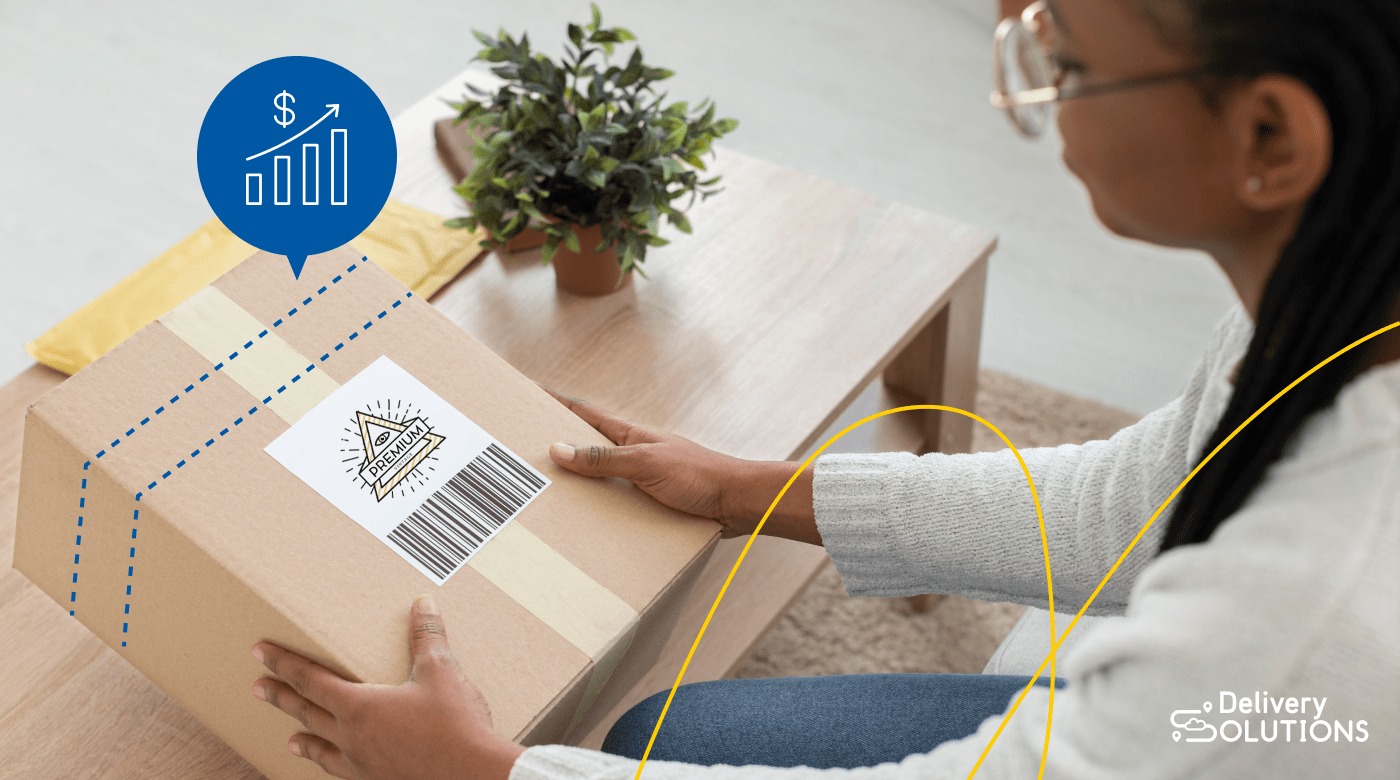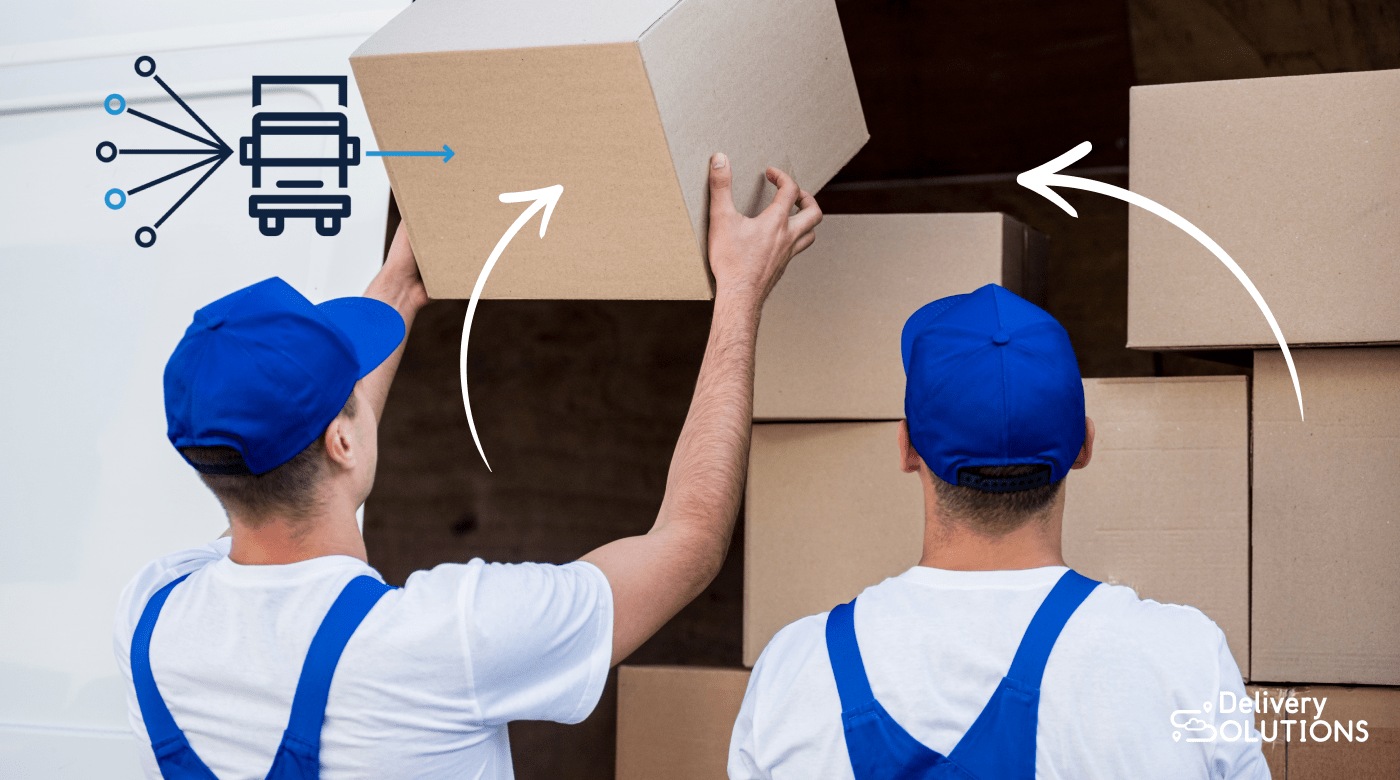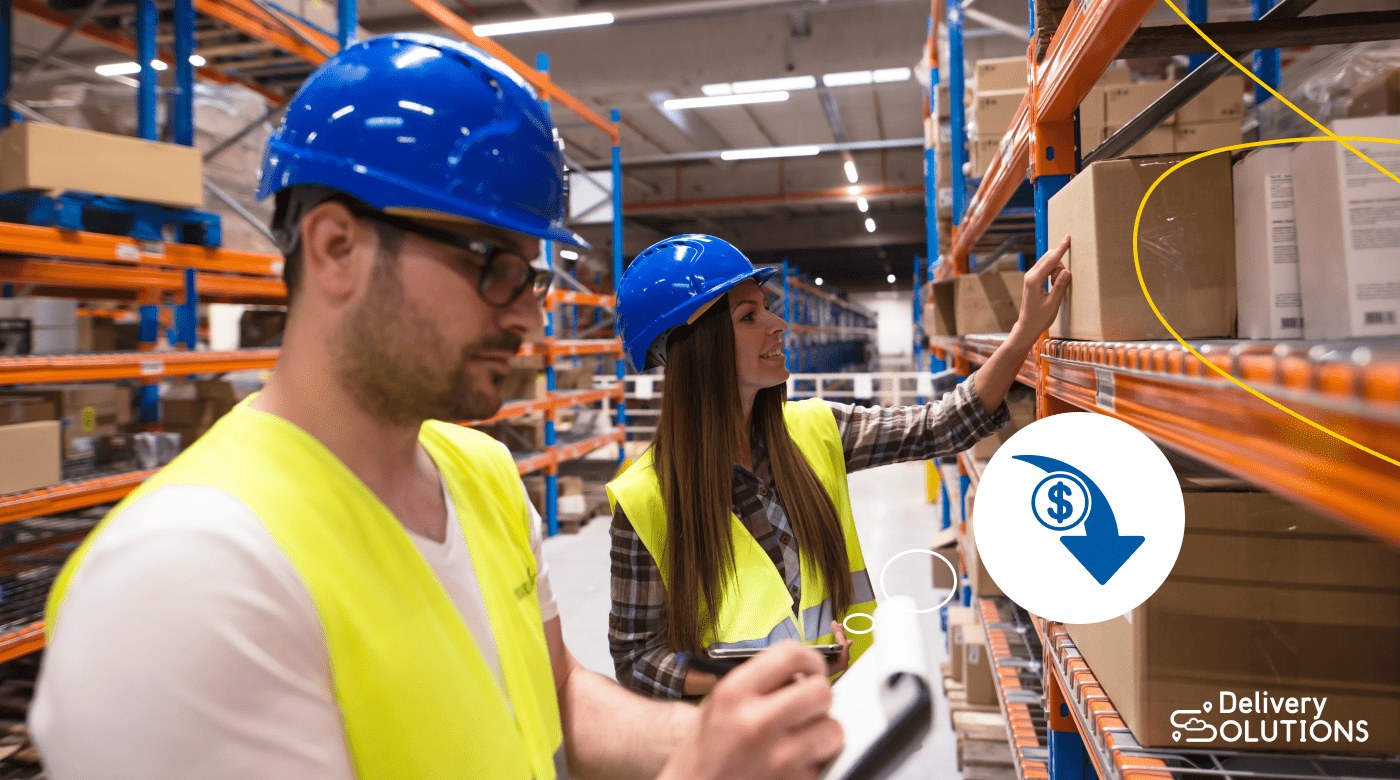Returns are a tricky thing. On one hand, a seamless (and free) return experience is vital to surviving today, and on the other, it can be an enormous drain on a company’s finances. In 2022, retailers in the US bore 800 billion dollars’ worth of losses due to returned merchandise.
Stores have little choice but to offer free returns to keep up with the competition. However, more accessible return policies paradoxically can increase returns, particularly in the case of e-commerce stores.
Besides return policies, reverse logistics is much more complicated than consumer-facing delivery systems. While some merchandise will be returned, exact numbers are more challenging to pin down. Older logistics models are also unsuited to modern delivery challenges.
A consolidated return model can help fix many issues that plague reverse logistics today. The idea isn’t new, either. Consolidated shipping has already proven itself in forward-facing logistics and can do the same in return management, too.
Why are retail returns so expensive?
The post-pandemic era has seen an unprecedented boom in online purchases as sales increased by 43% in 2020. The trend only continued in the following years. But an increase in sales also saw a corresponding jump in returns. And it caught retailers big and small off guard.

Managing returns was always tricky as it involved unpacking, inspecting the item, refurbishment, and restocking. Retailers must strike a delicate balance in their reverse logistics by maintaining drop-off locations and managing 3PL vendors for redistribution to ensure returns don't exceed their earnings.
Even so, returns have been an expensive drain on retail earnings. For example, one study found that a return on a $50 item can cost $33, or 66% of its value. So, as return volumes increased, it was bound to exacerbate logistical issues that retailers were already facing. Unfortunately, cases of return fraud, where buyers purposefully buy more goods and return those they don't need later, have also shot up. Because reverse logistics were carefully calibrated to anticipated return trends, the return bump has tested its limits. As processing returns becomes lengthier, companies also have to hang on to the customer's money longer, which drives up dissatisfaction.
The rising cost of returns has led to 75% of shoppers receiving a refund without the need to ship the item back. Other retailers, especially those in the apparel industry, find sending returned goods to a landfill more affordable than processing and restocking them.
So, what might companies do here? They could charge a restocking fee (which some do), but it may come at the cost of brand loyalty. If retailers intend to keep returns free, they have little recourse to make their return process smarter.
Fortunately, making the return process smoother is easier than it may have been a few years ago. We can learn and apply several lessons from logistics consolidation, which is already well understood in consumer-facing operations.
What are consolidated returns?
Logistics consolidation isn't a new concept and was created in response to the unpredictabilities inherent in any supply chain. More and more retailers using e-commerce are selling in disparate markets worldwide. As the number of shipped items varies significantly between different seasons and markets, retailers may have to cover the costs of unused truck and warehouse space.

Less Than Truckload (LTL) shipping models have become the norm as retailers send smaller, more frequent shipments. Consolidated logistics resolves this issue by combining shipping volumes of different retailers to achieve economies of scale, thereby reducing costs.
A consolidated returns strategy applies the same principle to reverse logistics. While each company will come up with a shipping structure particular to its unique challenges, generally speaking, a consolidated returns strategy has three levels.
Collection level
This is the first stage of a consolidation strategy and is responsible for receiving items from customers, sorting and processing them, and finally shipping them to the next level.
Transportation models are also specifically designed for each collection node depending on shipping volumes and product types.
Consolidation level
The consolidated level consists of Return Logistics Centers (RLCs), where the items are received from city collection centers. The products are sorted by type, condition, and where to go. Consolidation-level RLCs are also where pre-transit repairs and refurbishments are conducted on defective items. Once all the products are sorted, they're packaged and dispatched.
Disposal level
Depending on the state of the product, it may be sent for restocking, recycling, donations, or disposed of in a landfill. Organizations may either have dedicated centers for processing items for disposal or simply route them to their intended destinations straight from their consolidation RLCs.
The exact reverse logistics network design will depend heavily on return volumes, product aspects, available technologies, legal requirements, and cost thresholds. Consolidated returns aim to optimize the reverse logistics network configuration to optimize transport routes, cut transportation costs, and minimize disposal time. It strategically aligns collection points, consolidation centers, and disposal facilities.
Consolidated returns heavily rely on smart reverse logistics management, route optimization, and appropriate disposal methods to make returns faster and more affordable. As consolidation makes the return process faster, businesses can process refunds more quickly, positively impacting brand loyalty.
How consolidated returns result in cost savings
Each customer's return request is individually received, packaged, and sent for disposal as they happen. Consequently, shipping individual packages to multiple locations nationwide can be expensive due to smaller shipment sizes. Each shipment has shipping fees, fuel costs, driver's wages, highway taxes, and any other costs the logistics provider levies. Also, processing return orders individually increases packaging materials like boxes, padding, and labels.

Additionally, macro-industry dynamics also shape logistical outcomes. Fuel surcharges have been growing steadily for the past few years. And the freight industry also continues to face driver shortages, with 80,000 drivers needed, as per one estimate. The net result is that retailers have to make do with higher costs for LTL consignments. The more shipments you need to process your returns, the more you pay.
Implementing consolidation in reverse logistics can significantly reduce costs for businesses. It does so by streamlining the complex and costly process of managing returned goods. Like in forward logistics, consolidation bundles return items from various sources into a single shipment, creating economies of scale and improving efficiency.
Instead, combining small, disparate shipments into a single truckload optimizes capacity and saves on individual shipments with low or no margins. For example, a retailer like Amazon can save substantial sums by consolidating returned goods at regional hubs before sending them back to distribution centers or suppliers.
A return consolidation program will bring all your reverse logistical operations under one label to ensure compatibility between all parts. Advanced warehouse management systems (WMS) and route management solutions can bring greater transparency into logistics operations.
Technology such as DeliverySolutions can enable swift responses to material movement requests. It can also provide comprehensive control and visibility across the supply chain to enhance the efficiency of reverse logistics processes.
Shipment consolidation has already proven itself in virtually every industry. For example, a comparative analysis between non-consolidated and consolidated shipment models from a major dairy products manufacturer found that the latter yielded 40% cost savings.
Why a 3PL partner is essential for consolidated returns
Though consolidation is generally seen as the best way to lower costs, it can quickly turn the other way if mismanaged. For example, consolidating a load often results in more touchpoints. With each additional touchpoint, there's an increased margin of error, but the overall number of touchpoints can decrease if the consolidation is done strategically.

Furthermore, creating RCLs specifically for consolidated returns can be costly, as it requires setting up collection centers at multiple city locations for faster returns. In other words, achieving reverse logistical efficiencies alone is challenging, requiring reconfiguring existing infrastructure and learning (costly) lessons.
Owning your own consolidated return infrastructure also means waiting until Full Truck Load volumes are achieved before shipping, leading to delays. A 3PL partner can offer retailers a plug-and-play solution by letting them leverage their own RCL centers and combining multiple retailer return shipments into single truckloads. Letting a 3PL provider specializing in consolidated returns makes the whole process far more convenient for the retailer.
DeliverySolution's advanced Omni-Channel Experience Model and 3PL network can help retailers reduce costs while increasing customer satisfaction.
Ryan Caldarone
Ryan is a Sr. Digital Marketing Manager with over ten years of experience in B2B eCommerce, specializing in brand storytelling and content. Having contributed to hundreds of creative projects for SMBs and startups across the tech, energy, and fine arts sectors, Ryan brings diverse perspectives.
Topics from this blog: Retail Management Ecommerce
